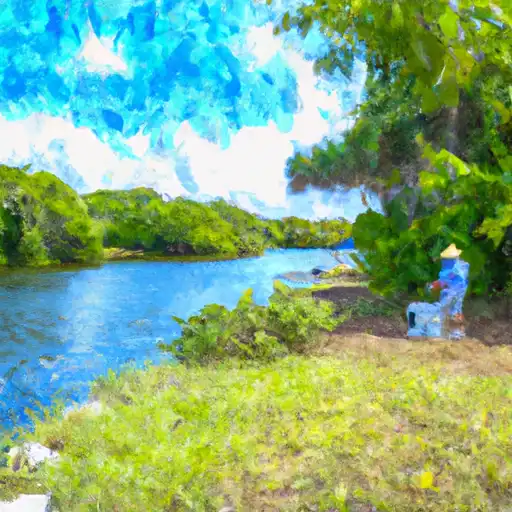Summary
The canal is home to a variety of fish species, including largemouth bass, bluegill, and catfish. Nearby activities include hiking, picnicking, and birdwatching. Fishing tips include using live bait or artificial lures, and fishing during the early morning or late evening hours. The best time of year to visit is during the cooler months between November and March, with average temperatures ranging from 60-75°F.
Weather Forecast
Nearby Streamflow Levels
Angling Safety Guidelines
Check local fishing rules, seasons, size limits, and license requirements to ensure legal and sustainable angling.
Handle Fish Responsibly
Use wet hands, minimize air exposure, and release fish gently to improve survival rates when practicing catch-and-release.
Choose the Right Gear
Match your rod, line, and tackle to the species and conditions to increase success and reduce unnecessary harm to fish.
Respect the Waterway
Avoid disturbing habitat, prevent bank erosion, and keep a safe distance from spawning areas to protect ecosystems.
Keep It Clean
Pack out all line, hooks, bait containers, and trash—discarded gear can injure wildlife and degrade waterways.
Related Links
Area Campgrounds
| Location | Reservations | Toilets |
|---|---|---|
 Easterlin Park
Easterlin Park
|
||
 Markham Park
Markham Park
|
||
 Quiet Waters Park
Quiet Waters Park
|

 Largemouth Bass
Largemouth Bass
 Butterfly Peacock Bass
Butterfly Peacock Bass
 Speckled Peacock Bass
Speckled Peacock Bass
 Cypress Creek Canal
Cypress Creek Canal
 Cypress Creek Canal / West River Drive
Cypress Creek Canal / West River Drive
 Cypress Creek Canal / Winfield Park
Cypress Creek Canal / Winfield Park
 North New River Canal
North New River Canal
 Plantation Heritage Park Lake
Plantation Heritage Park Lake






 S-38n
S-38n
 Coral Ridge Drive 11, Coral Springs
Coral Ridge Drive 11, Coral Springs
 Coral Springs Regional Park
Coral Springs Regional Park
 Maplewoods Park
Maplewoods Park
 Mullins Park
Mullins Park
 Castle Wood Park
Castle Wood Park
 Caravel Park
Caravel Park